Cannabis, a plant with a rich history, has been categorized traditionally into two main types: sativa and indica. These classifications stem from the plant’s physical characteristics and the effects they are believed to produce. Sativa plants are typically taller, with narrow leaves, and are said to induce an energizing experience, whereas indica plants are shorter, with broader leaves, and are often associated with more relaxing effects.
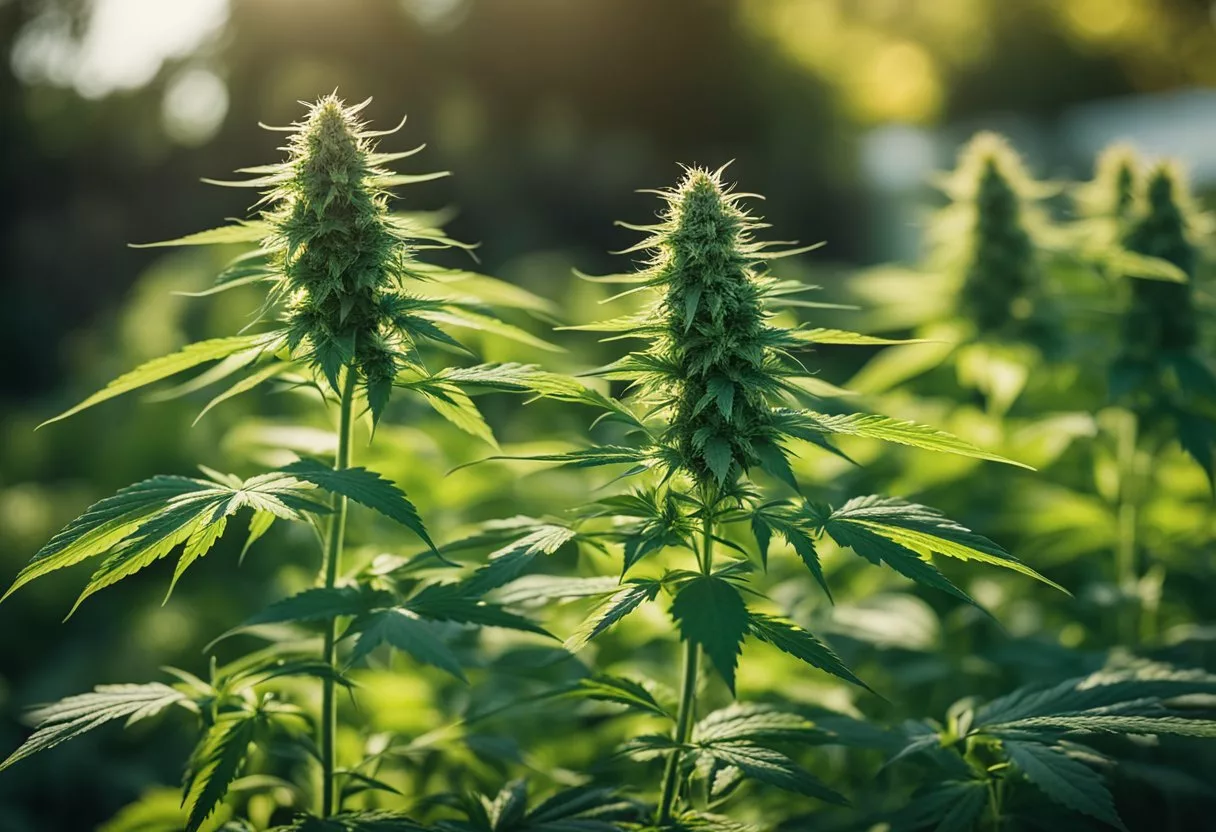
While these categories are widely recognized by consumers and growers, scientific scrutiny reveals a more complex landscape. Hybrids that combine traits from both sativa and indica strains have broadened the spectrum of cannabis effects and characteristics. With the evolution of botany and a better understanding of chemical properties, the distinction between sativa and indica may rely not only on plant anatomy but also on the composition of cannabinoids and terpenes, which contribute to the diverse experiences of consumption.
Key Takeaways
- Cannabis is classified into sativa and indica plants based on physical characteristics and effects.
- The traditional sativa/indica dichotomy is complicated by the existence of hybrid strains.
- The distinction between strains is influenced by cannabinoids and terpenes, beyond just plant appearance.
History and Origin
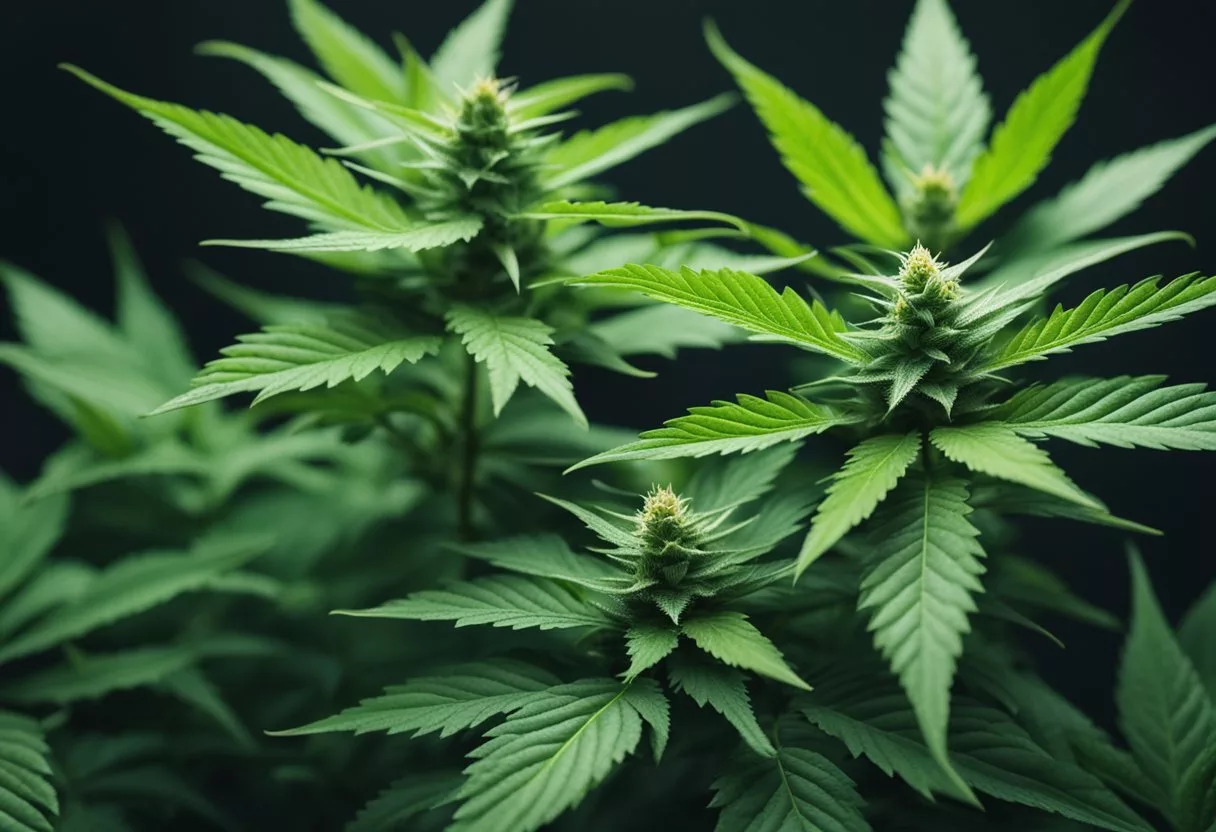
In the broad history of cannabis, three major types, Cannabis sativa, Cannabis indica, and Cannabis ruderalis, have been distinguished based on their unique origins and evolutionary adaptations.
Cannabis Sativa
Cannabis sativa plants are traditionally associated with Southeast Asia and have been cultivated there for centuries. They are characterized by tall, slender plants with narrow leaves. Botanist Jean-Baptiste Lamarck was the first to identify Cannabis sativa as a separate species in the late 18th century, distinguishing it from its counterparts due to these unique features. Sativa strains thrive in warm climates, often found in regions close to the equator such as Colombia, Mexico, and certain parts of Africa.
Cannabis Indica
The term “Cannabis indica” was coined by Lamarck to describe the species he discovered that were distinct from the typical sativa varieties. These plants originated in the drier, mountainous regions of Afghanistan and Pakistan. Indica plants are generally shorter, bushier, and have broader leaves than sativas, an evolutionary adaptation to the cooler and less consistent climates of the Hindu Kush mountains.
Cannabis Ruderalis
Cannabis ruderalis is less commonly known compared to sativa and indica. With its origins traced back to Russia and central Asia, ruderalis is a hardy plant that has adapted to the harsh environments and short growing seasons of these areas. Ruderalis typically has a lower THC content and is smaller in stature, with a unique automatic flowering cycle that is not dependent on the light cycle like the other cannabis types.
Botanical Differences
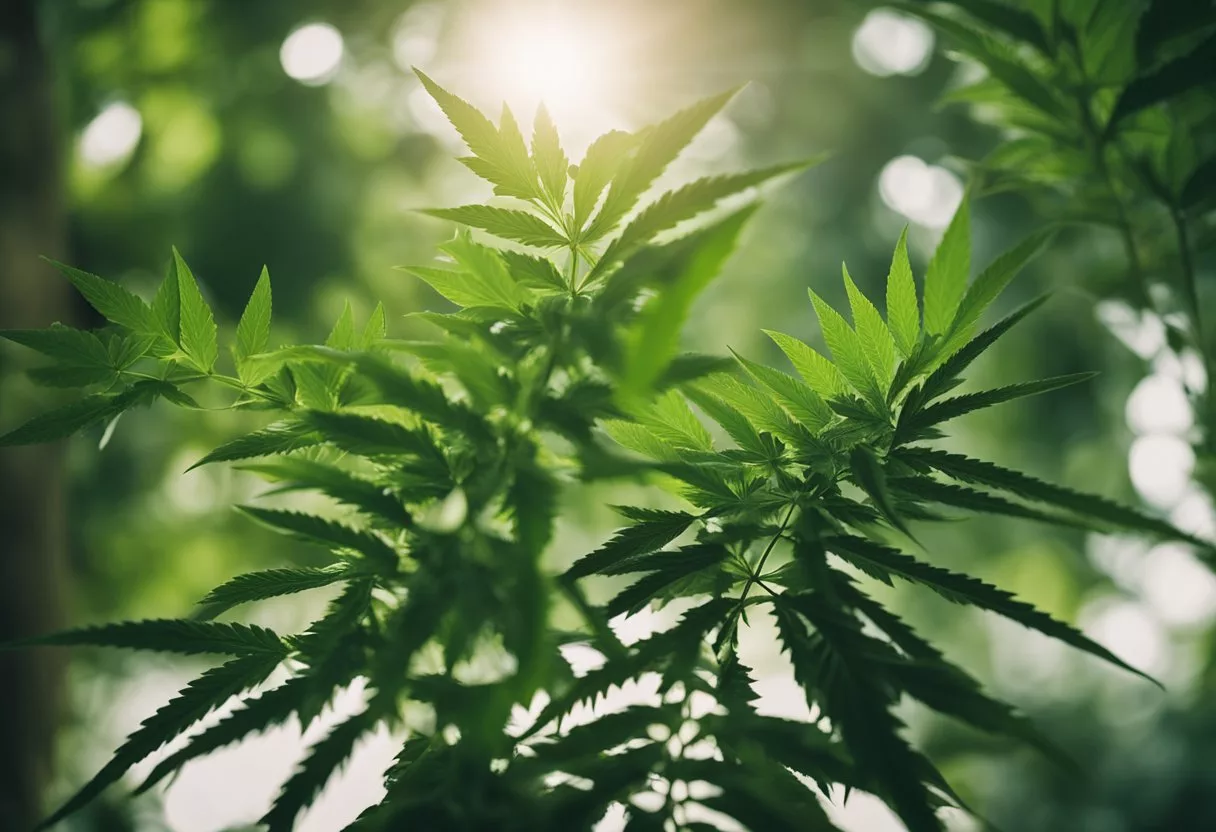
Cannabis sativa and Cannabis indica plants are distinguishable by their physical structure, chemical makeup, and aromatic profiles due to varying concentrations of cannabinoids and terpenes.
Physical Structure
Cannabis sativa plants typically have a tall, slender appearance with narrow leaves, often reaching heights of over 12 feet. In contrast, indica plants are shorter and bushier, with broader leaves and a more compact structure, usually under 6 feet in height.
Chemical Makeup
The chemical composition of Cannabis plant strains varies in cannabinoid profiles. Indica strains commonly have a higher concentration of cannabidiol (CBD), while sativa strains tend to have higher levels of tetrahydrocannabinol (THC). These cannabinoids contribute to the differing effects associated with each strain.
Aroma and Terpenes
Terpenes are the aromatic compounds found in Cannabis that give each strain its unique scent. Myrcene, for example, is a terpene known for its earthy and musky notes, and it is typically more abundant in indica strains. Sativa strains often have a more diverse terpene profile that can include scents ranging from sweet and fruity to spicy and pungent.
Effects on Consumers
This section examines the distinct effects that Sativa and Indica strains have on consumers, spanning their psychoactive impact to potential medical benefits and side effects.
Psychoactive Effects
Sativa strains are generally associated with an energizing high, often enhancing creativity and giving a feeling of being uplifted. They may encourage creativity and alertness. Conversely, Indica strains are typically linked to a relaxed state, providing a calming and relaxing experience that can lead to drowsiness and aid in sleep.
Medical Benefits
| Cannabis Type | Benefits |
|---|---|
| Sativa | May alleviate symptoms of depression and anxiety, boost appetite, and increase energy. |
| Indica | Commonly used for reducing pain, inflammation, easing nausea, and improving sleep quality. |
Indica varieties are known for their potential to bring calm and help with various conditions, including seizures. Both types are used to counter anxiety and depression, but the selection depends on the individual’s symptoms and reaction to the strain.
Side Effects
Cannabis use, regardless of the type, can lead to side effects such as dry mouth, dry eyes, and short-term memory impairment. Sativa strains might contribute to increased anxiety or paranoia, especially at higher doses. Indica, with its sedative qualities, may cause lethargy or a “couch-lock” effect, making it less ideal for use during the day when one needs to be productive.
Strains and Hybrids
The cannabis market is diversified by a multitude of strains, each with specific genetic profiles and cannabinoid contents. The classification of these strains—sativa, indica, and hybrids—plays a significant role in their effects on consumers. Hybrids often combine the desired traits of their parent strains, creating diverse options for therapeutic and recreational use.
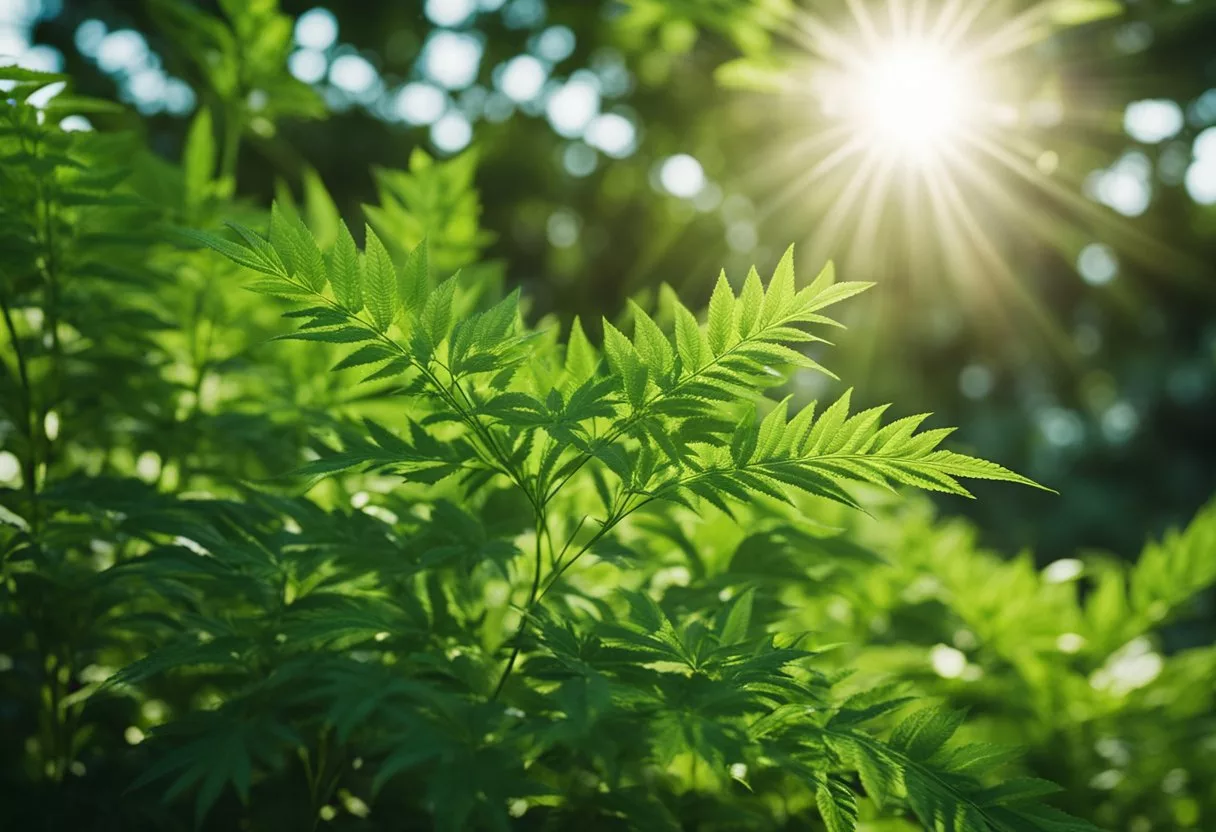
Classification and Genetics
Cannabis strains are primarily classified into two categories: Cannabis sativa and Cannabis indica. A third category, hybrids, exists as a combination of the two. Pure sativa strains are known for their higher tetrahydrocannabinol (THC) to cannabidiol (CBD) ratio, while indica strains typically have a higher CBD content. Genetics play a crucial role in determining the growth pattern, yield, and potency of these plants.
Popular Strains
- Sativa Strains: Known for energizing effects, popular strains include Jack Herer and Sour Diesel.
- Indica Strains: Famous for their relaxing properties, strains like Northern Lights and Granddaddy Purple are sought after.
- Hybrids: Strains like OG Kush, a cross between Hindu Kush and a pure sativa, exemplify the tailored effects breeders aim for.
Hybrid Varieties
Hybrids are developed to capture specific qualities from sativa and indica strains, with breeders selecting for traits such as potency, flavor, and medical efficacy. Hybrid strains can be split into three subcategories:
- Sativa-dominant Hybrids: Typically, these provide a cerebral high with some relaxing body effects. Blue Dream is a quintessential sativa-dominant hybrid.
- Indica-dominant Hybrids: Usually offer more in the way of relaxation but with some mental clarity. White Widow represents this category well.
- Balanced Hybrids: Strive to offer a harmonious balance of sativa and indica characteristics. For example, the well-known OG Kush provides a mix of uplifting and soothing sensations.
Each hybrid variety contains a complex array of cannabinoids that contribute to its unique effects, flavor, and aroma profiles.
Usage and Consumption
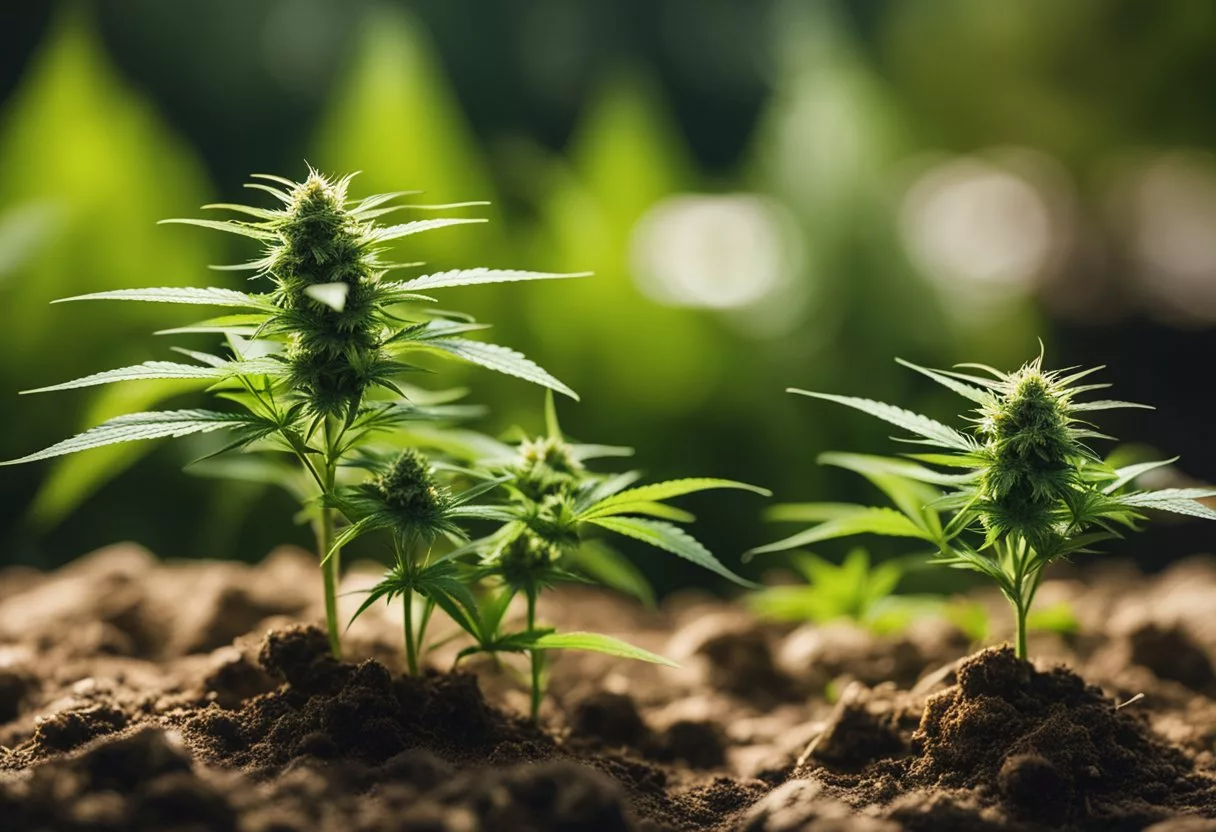
When considering the use and consumption of cannabis, one must understand the differences in effects and applications between sativa and indica strains. This section will provide insights into their recreational and medical uses, as well as the various methods for consuming these products.
Recreational Use
Sativa strains are often preferred for daytime use due to their stimulating and energizing effects, making them a popular choice for activities that require creativity or physical activity. On the other hand, indica strains are typically used for relaxation, offering a calming effect that is ideal for evening or before-bed consumption. Recreational users might find sativa suitable for social gatherings or creative endeavors, while indica may be best for unwinding after a long day or preparing for sleep.
Recreational users should consider dosage carefully, as the potency of marijuana can vary greatly among different products and strains. Dispensaries often provide guidance on dosages and the expected effects of their products to ensure a safe and enjoyable experience.
Medical Use
Medical applications of cannabis are tailored to its two main varieties’ distinct properties. Indica strains are often recommended to patients seeking relief from pain, insomnia, and stress due to their sedative qualities. They may also be preferred for their potential to help reduce seizures and inflammation.
Sativa strains might be used medically to alleviate symptoms such as chronic fatigue, depression, and certain types of pain due to their uplifting effects. Medical users can typically obtain these products from dispensaries with a prescription or recommendation from a healthcare professional. The choice between sativa and indica for medical use largely depends on the patient’s specific condition and the recommendation of their physician.
Methods of Consumption
Marijuana can be consumed in several ways, with the method chosen often affecting the onset and duration of effects:
- Smoking: The most traditional method, providing quick onset of effects.
- Vaping: A less harsh alternative to smoking, also with a quick onset.
- Edibles: Products like gummies or baked goods offering longer-lasting effects but a delayed onset.
- Tinctures: Liquid extracts that are taken sublingually (under the tongue) for a potentially faster onset than edibles.
- Topicals: Creams or balms applied directly to the skin, often used for localized relief with minimal psychoactive effects.
The choice of consumption method can vary based on personal preference, desired effects, and health considerations. Dispensaries often provide a range of products to cater to the different preferences and needs of their customers.
Cultivation and Growth
Cannabis cultivation hinges on understanding the botanical traits and growth patterns specific to Indica and Sativa strains. Their distinct genetics demand tailored approaches for optimal development and yield.
Growing Techniques
Indica plants are generally shorter and bushier, with broader leaves, making them suitable for indoor environments where space can be a limitation. They tend to have a faster flowering cycle, which is beneficial for cultivators seeking to maximize turnover. Sativa plants, on the other hand, are taller with narrower leaves and thrive in warm climates with plenty of space to stretch out. Often, these plants require more time to reach full maturity, which must be taken into account for the growing schedule.
- Indica: Shorter flowering period, suitable for indoor growth.
- Sativa: Requires more space and a longer growth cycle, ideal for outdoor cultivation.
Cultivator Insights
Growers attest that over the years, pure Indica or Sativa strains have become less common, with many strains now being hybrids. This genetic intermingling often results in plants exhibiting a mix of characteristics which can vary widely in their cultivation needs. Some Sativa-dominant hybrids, for instance, might retain the taller growth habit of their Sativa lineage while adopting the shorter flowering period from the Indica side.
- Hybrids: Display a range of traits from both Indica and Sativa genetics.
- Cultivation: Strategies must adapt to the specific needs of the plant’s genetic makeup.
Legal Aspects
The legality of cultivating cannabis varies by jurisdiction which impacts how growers can operate. In areas where it is legal, a classification system often exists, differentiating between strains for medical versus recreational use. This legal framework shapes the cultivator’s choice of strains, with some growers specializing in strains that have therapeutic properties like higher CBD content, which may be derived from Indica, Sativa, or hybrid plants.
- Legislation: Influences the types of cannabis strains that can be legally cultivated.
- Classification: Strains may be classified based on their intended use and chemical profiles.
Market and Legalities
The shifting legal landscape worldwide has a significant impact on the cannabis market, affecting everything from economic growth to the types of products consumers have access to.
Global Legal Status
The legality of cannabis, which includes both sativa and indica strains, varies greatly across the globe. In countries such as Canada and Uruguay, cannabis is legal for both medical and recreational use. Meanwhile, numerous states within the U.S. have legalized it either medically, recreationally, or both, though it remains federally illegal. Conversely, many countries enforce strict prohibitions with severe penalties.
Consumer Market
The consumer market for cannabis is flourishing in regions with legalized frameworks. Products derived from sativa, indica, and hybrid strains cater to diverse consumer preferences and purposes. Recreational users often seek sativa for its energizing effects, while indica is popular for relaxation. The market offers a plethora of product types, from flowers and concentrates to edibles and topicals.
Economic Impact
Cannabis legalization has led to notable economic contributions where it’s regulated. It creates jobs, generates tax revenue, and stimulates business ventures. Economies benefit from the legal sales of cannabis, which in 2020, amounted to $19.7 billion in the United States alone, a figure that’s projected to grow as more regions legalize its use for various purposes.
Frequently Asked Questions
The distinctions between sativa and indica cannabis strains are often noted in terms of their varied effects, medical uses, and physical traits. This section provides concise answers to some of the common inquiries about these differences.
What are the primary differences in effects between sativa and indica strains?
Sativa strains generally offer more of a cerebral, energizing high, while indica strains are associated with a relaxing, sedative effect that can lead to a body high.
How do sativa-dominant and indica-dominant strains compare in terms of medicinal benefits, such as pain relief?
Indica-dominant strains are lauded for their ability to alleviate pain and promote sleep, making them suitable for nighttime use. Sativa-dominant strains, on the other hand, are often used to enhance mood and increase focus, making them more appropriate for daytime use.
Can the type of high experienced be distinctly attributed to either sativa or indica strains, or their hybrids?
The type of high one experiences can often be traced to whether the strain is sativa or indica. However, many strains are hybrids, exhibiting a mixture of both sativa and indica effects, and individual biochemistry also plays a significant role in the experience.
In what ways do the physical characteristics of sativa and indica plant leaves differ?
The leaves of sativa plants are typically long and narrow, while indica plants have broader, shorter leaves. This difference is noticeable when comparing the plants side by side.
How do edibles made from sativa strains differ in effects from those made from indica strains?
Edibles made from sativa strains tend to produce a more head-focused high, with stimulating and energizing effects. Edibles derived from indica strains are more likely to provide full-body relaxation and can help induce sleep.
What distinguishes sativa, indica, and ruderalis strains from each other in terms of botany and user experience?
Sativa and indica strains differ botanically in plant and leaf structure, with sativa plants typically being taller and indica plants bushier. Ruderalis, less common in user experience due to its lower THC content, is a smaller, hardier plant that flowers based on age rather than light cycle. User experiences tend to align with these differences: sativa for stimulation, indica for relaxation, and ruderalis primarily used in breeding autoflowering hybrids for its unique flowering trait.